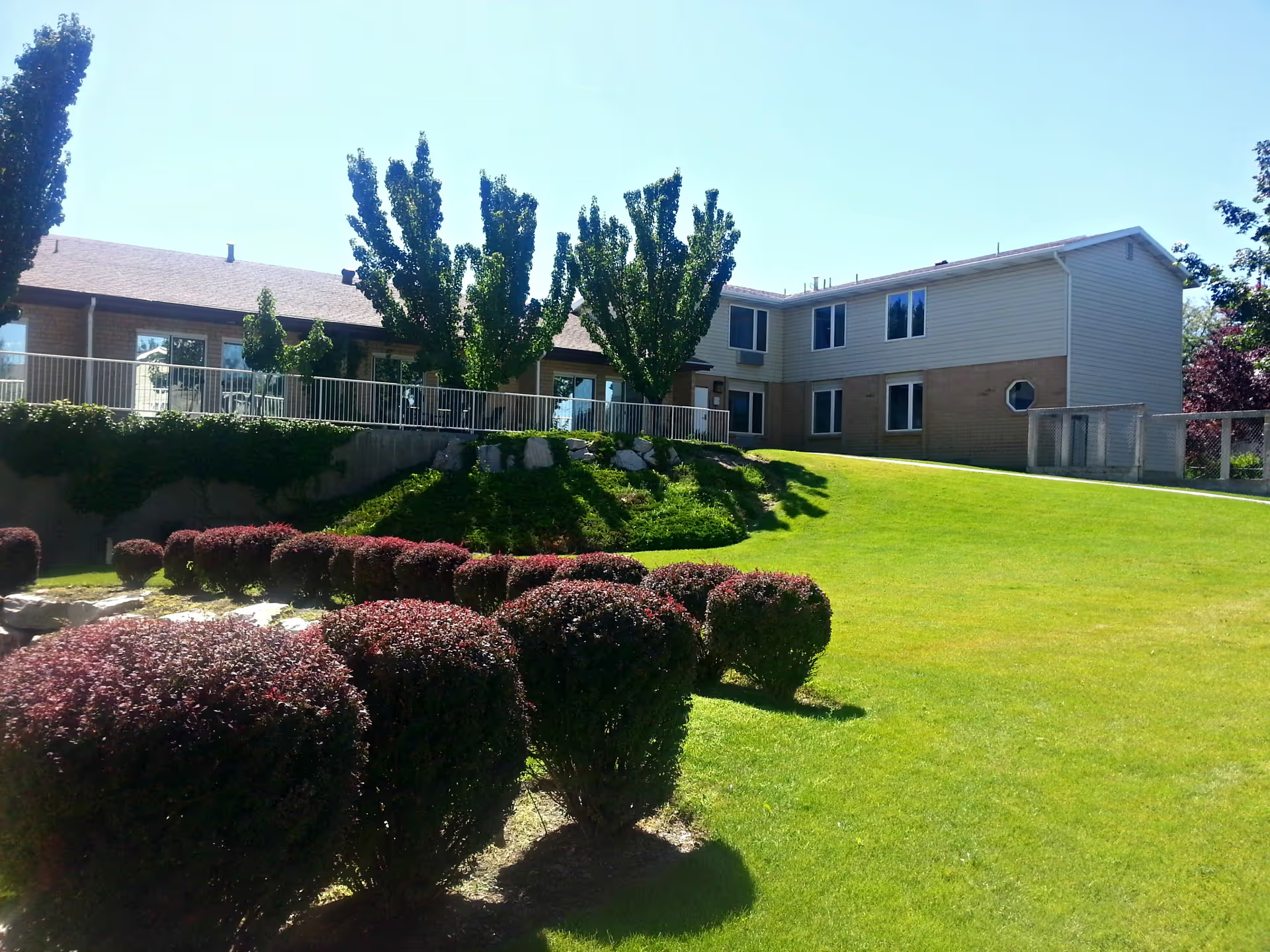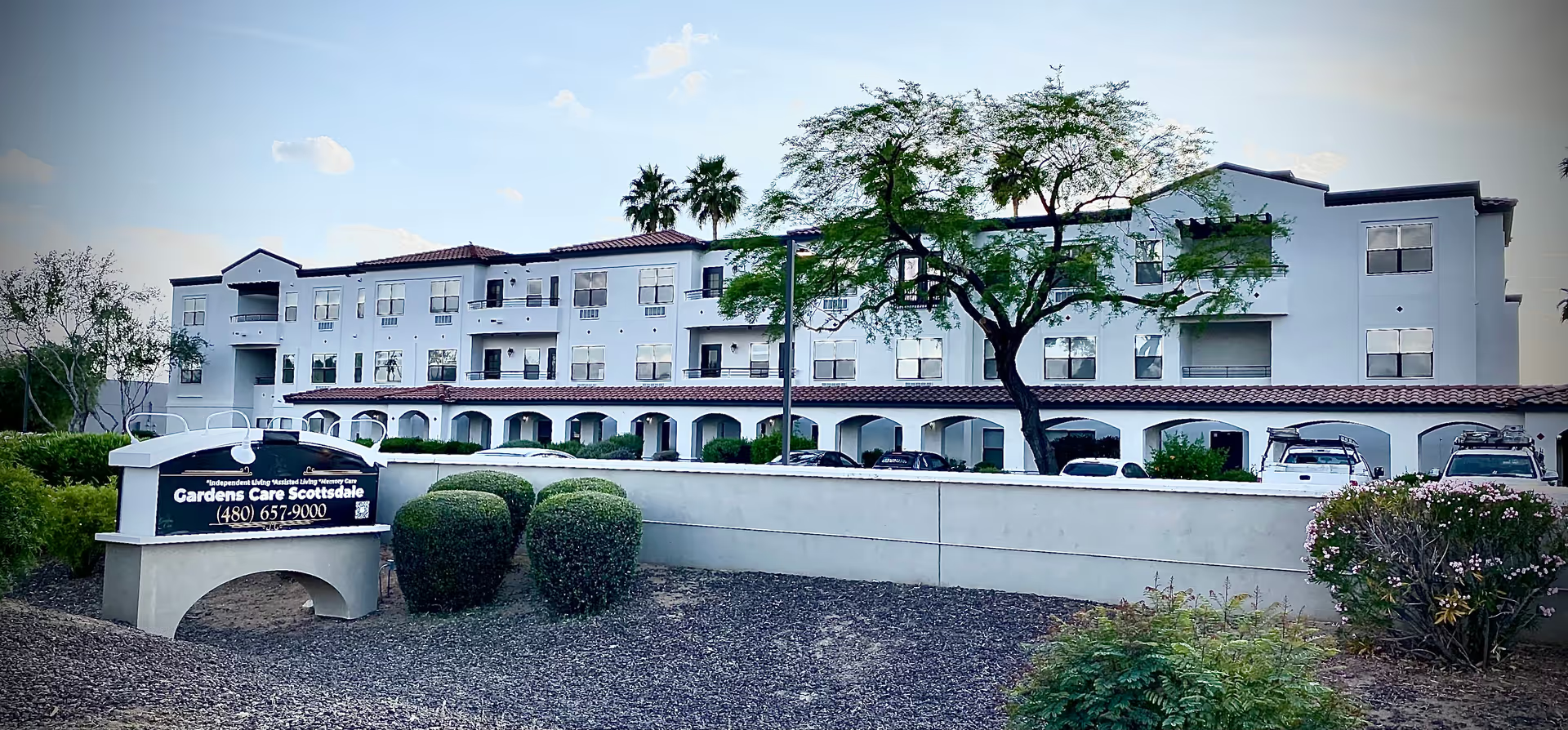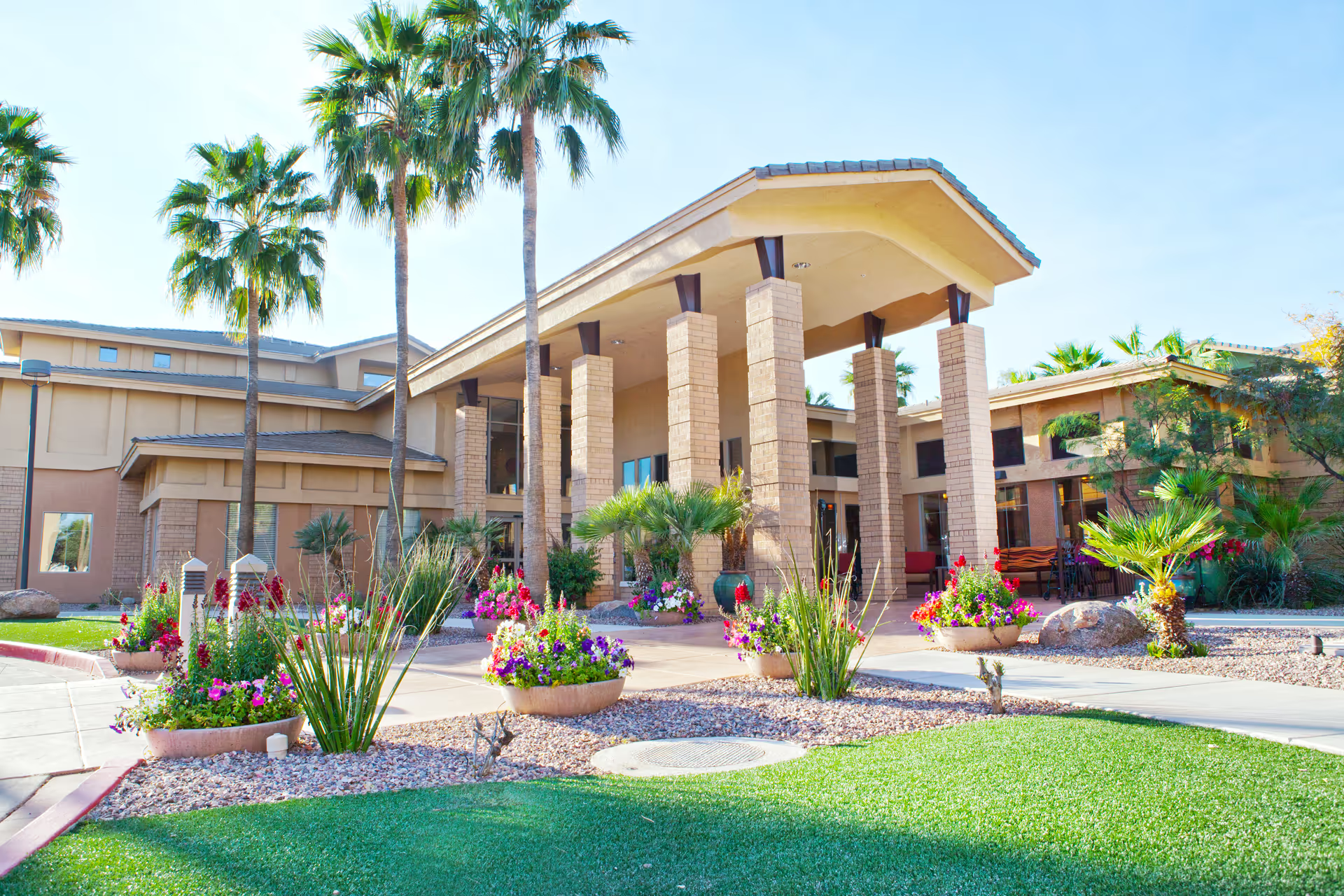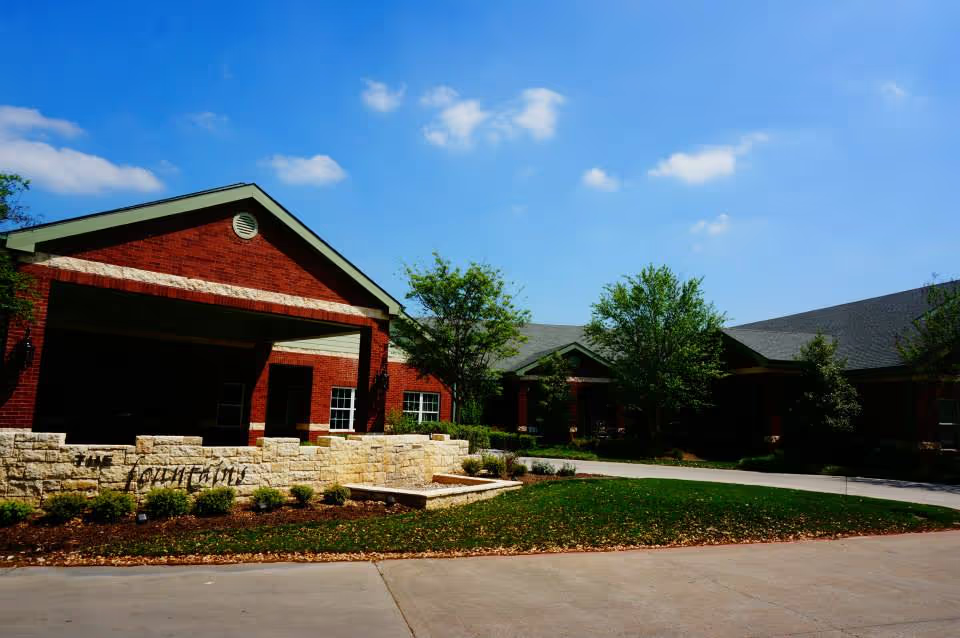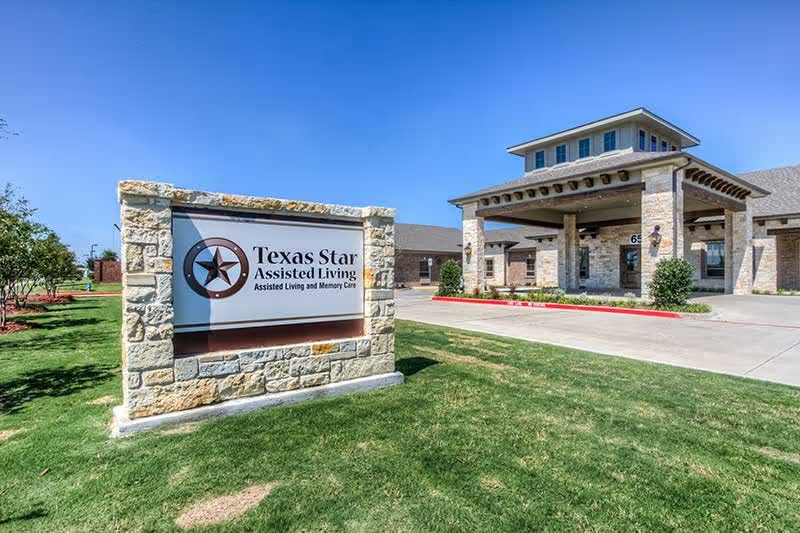The reviews for Flatirons Health & Rehab LLC present a strongly mixed picture with clear patterns of polarization: many reviewers praise the physical facility and some staff, while an almost equal number raise significant concerns about day-to-day nursing care, rehabilitation quality, and discharge planning.
Facility and amenities: Reviewers consistently note that the building itself is modern and well designed. Positive comments highlight private/individual rooms, large, clean and airy rooms with windows, plenty of space for staff to work, and a range of common areas — a gym, library/sitting areas on each floor, and a cafeteria/dining area. Several reviewers described the physical space as nice, newer, and modern. However, a recurring caveat is that despite a hotel/spa-like atmosphere, some found the amenities unimpressive in practice. Overall, the facility appears attractive and well laid out, but the amenities do not always match expectations set by the modern appearance.
Staffing and care quality: This is the most divisive theme. Some families report team-oriented, caring staff and excellent therapists (PT/OT) who were instrumental in quick recovery — one reviewer noted a recovery goal achieved in two weeks. Others, however, describe troubling lapses: rude or lazy staff, nurses described as uncaring, unanswered call lights for over an hour, residents not showered, and an overall sense that basic hands-on care was neglected. These contrasting impressions point to inconsistent staffing quality and variability across shifts or units. Where staff and therapists were engaged, outcomes and family satisfaction were high; where they were not, families experienced distressing neglect.
Rehabilitation, activities, and outcomes: Rehabilitation experiences are also mixed. Positive reviews describe great PT/OT and successful rehabilitation results. Negative accounts criticize delayed rehab, very short therapy sessions, and a program that felt minimal and ineffective — in some cases reviewers felt therapy time was insufficient, leading to wasted days and slower progress. Activities beyond physical therapy appear limited for many residents; reviewers reported limited social or recreational programming, with residents spending much of their time in their rooms. This suggests a rehabilitation and activity program that may be unevenly implemented and too narrowly focused on PT without broader engagement.
Dining and nutrition: Dining receives mixed feedback. The dining area and room are often described as nice, but food quality and service are inconsistent. Complaints include average or lousy food, slow dining service, and a specific report that the kitchen could not serve hot meals. More seriously, there are reports that staff did not ensure residents ate or drank, raising concerns about nourishment and hydration — one reviewer said five days were wasted and the patient was weakened after an episode of Norovirus. These issues suggest problems with meal delivery and mealtime assistance on some shifts.
Discharge planning and communication: Several reviewers raised concerns about transitions and discharge planning. Problems include attempted discharges before the resident was ready, lack of guidance on homecare, and minimal support preparing families for post-discharge needs. These gaps in discharge planning and communication increase family stress and may undermine recovery continuity.
Overall impression and patterns: The overall sentiment is highly variable, with some families strongly recommending Flatirons for its modern facility, excellent therapists, and certain caring staff members, while others characterize the experience as a nightmare due to poor nursing care, inattentive staff, inadequate rehab, and dining/nutrition failures. The dominant pattern is inconsistency: the physical plant and therapy capability can be strong, but staffing reliability, everyday nursing care, mealtime assistance, activities programming, and discharge coordination appear uneven. Prospective residents and families should weigh the facility’s attractive environment and potential for good therapy against the risk of variable care quality, and consider asking during tours about staffing levels, therapy session durations, mealtime assistance protocols, activity schedules, and discharge planning processes to better predict their likely experience.
